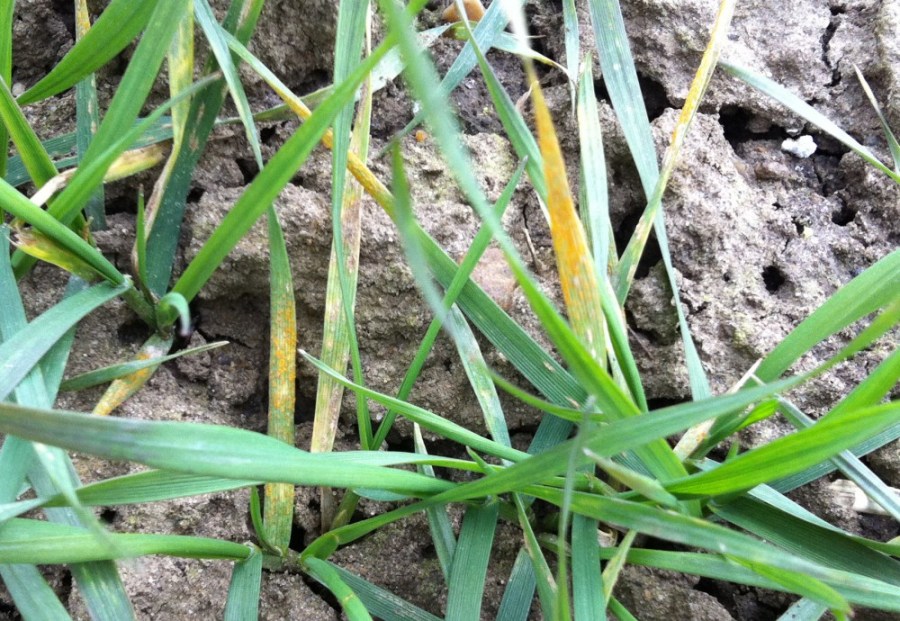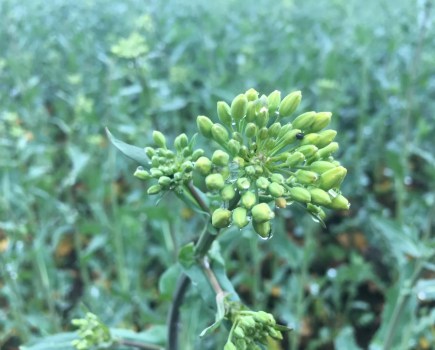Wheat growers are advised to include yellow rust-active chemistry in their T0 applications, particularly when treating high risk varieties, despite recent heavy frosts dampening down disease presence.
“We had reports of yellow rust present in certain varieties across the country before the spell of cold weather set in,” says ADAS research consultant Tim Boor.
“Although the frosts have kept a lot of disease in check, rust is still visible in some crops. Growers should not let their guard down.”
“The threat will be lower than usual, certainly than last year, but we cannot rely on sub-zero temperatures alone to remove the disease, especially as newer races will cycle more quickly compared with those seen just a few years ago, once favourable conditions return.”
With T0 applications due to start on forward crops next week, growers should consider adding some additional chemistry, such as a rust-active azole or strobilurin, depending on varietal resistance and overall disease threat, advises Tim.
Septoria is still evident on old leaves in most crops and will bounce back as soon as warmer, wetter weather returns, he adds.
“However, at this stage a multi-site such as chlorothalonil should prevent spread and infection of new leaves, providing good insurance against poor weather delaying the T1 spray, the first of the key septoria control timings.”




